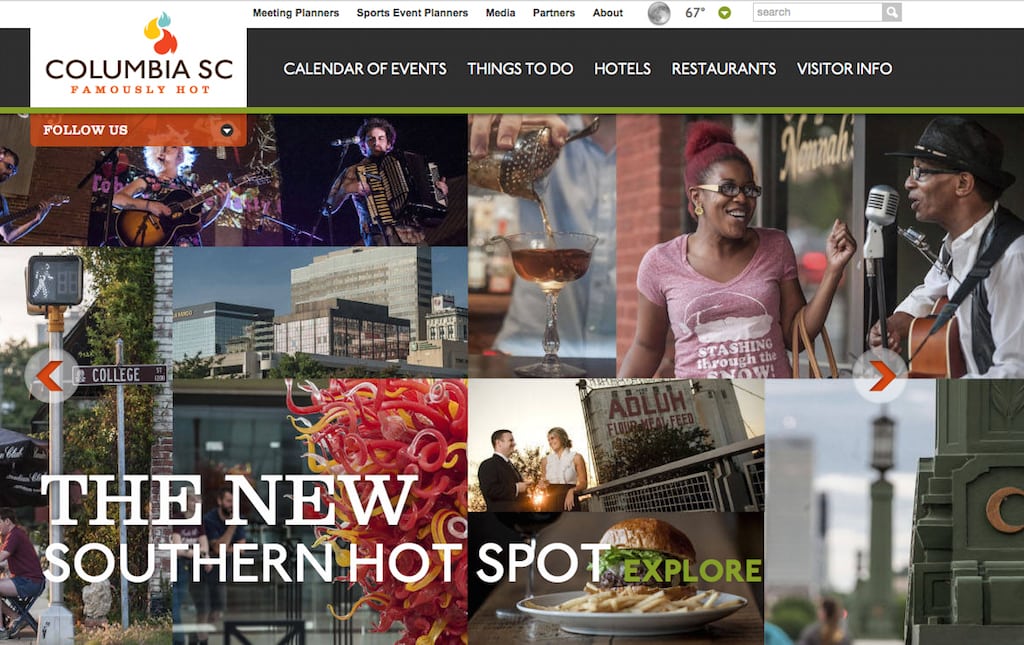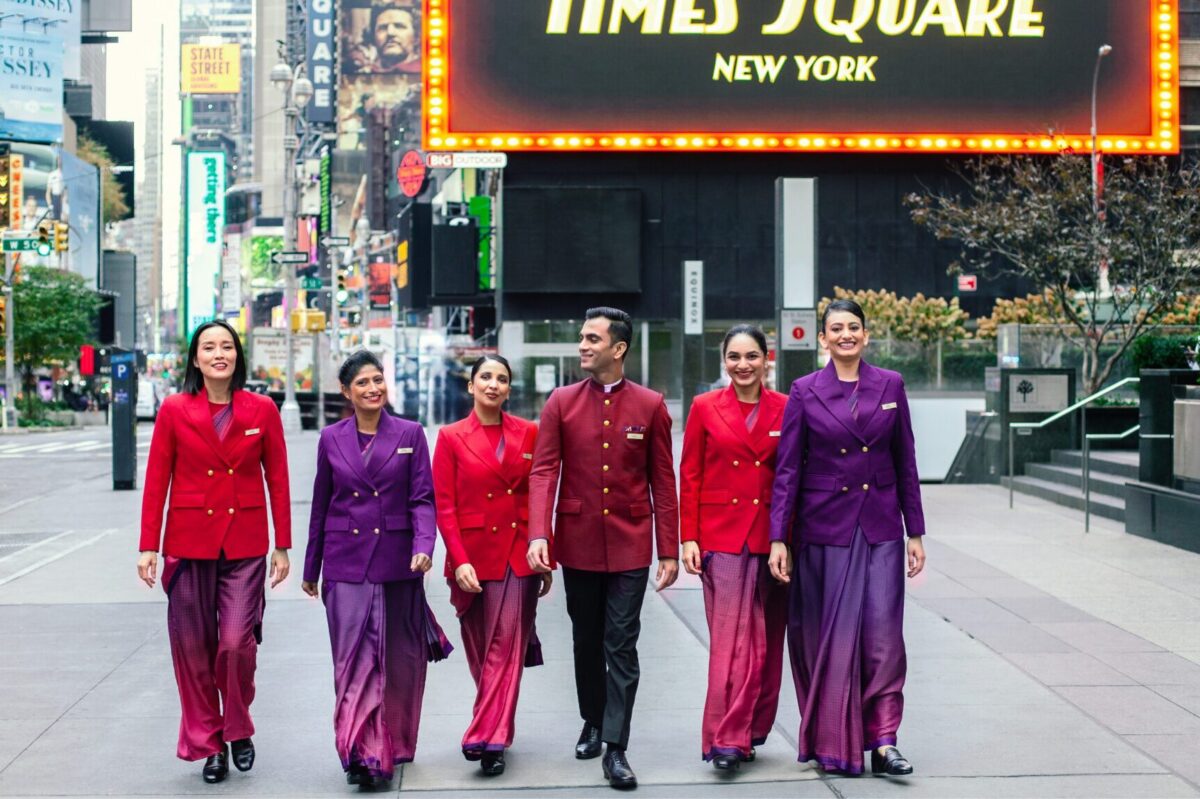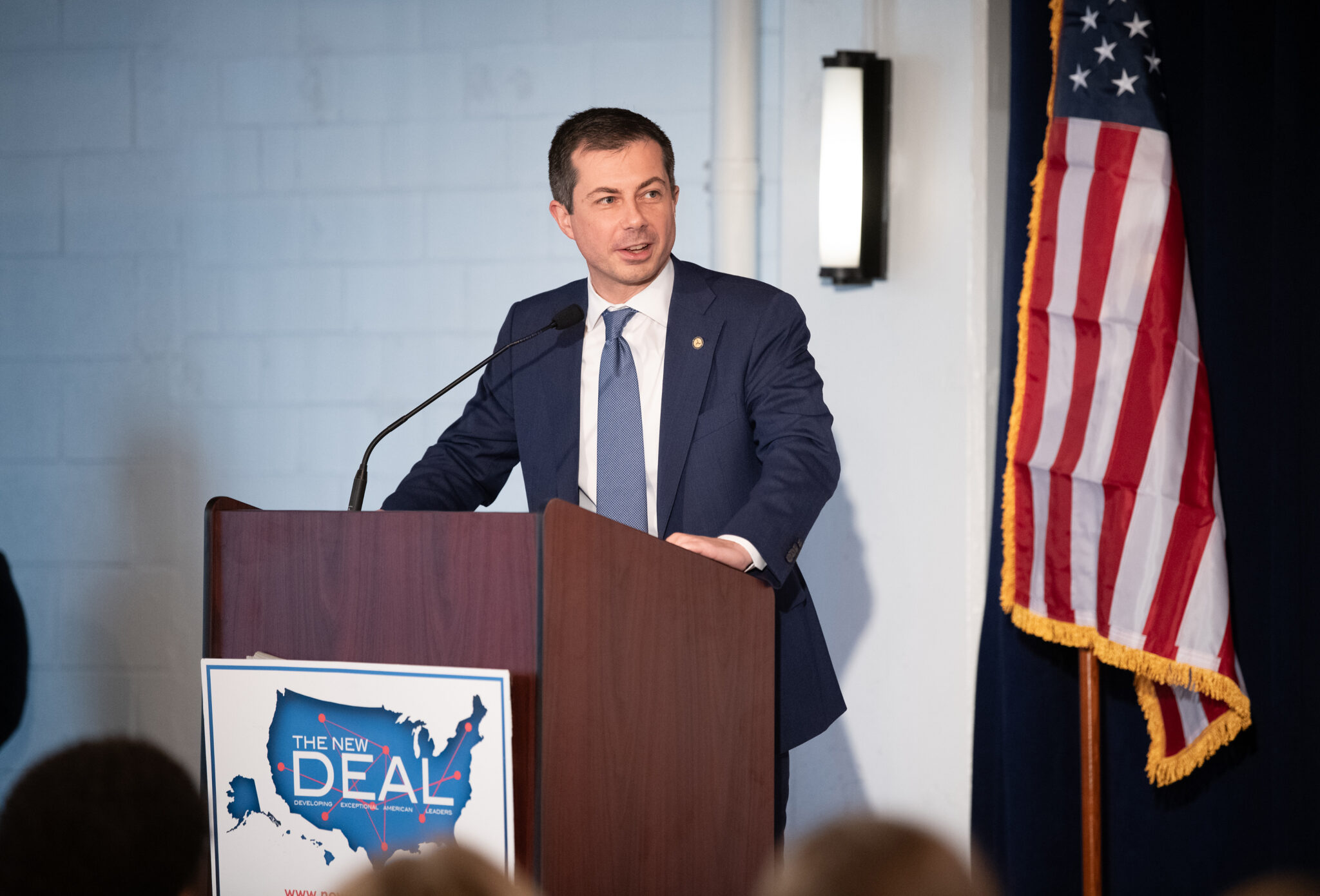The Meetings Industry Turns to Content Marketing to Get Ahead

Skift Take
The new Visit California website amply illustrates the shift among destination marketing organizations (DMOs) toward sophisticated content marketing on the leisure side.
The meetings and conventions side however has been completely ignored on almost all North American DMO websites. Australia, New Zealand, and some European DMOs are ahead of the curve, but in the U.S., typically meetings information is bucketed between convention facilities, large hotels, reasons to book, and a slight look at destination attractions, maybe. And that’s it.
There’s almost zero brand storytelling defining and delineating the destination’s unique experiences within the meetings landscape, and no industry thought leadership highlighting industry trends. The content and layout of DMO meeting sites is basically the traditional meeting planner print guide recreated online, existing like a black hole where modern digital engagement marketing trends go to die.
Things are slowly beginning to finally shift a bit for two reasons.
One, DMOs are expanding their traditional roles of sales and marketing into destination development and brand management for both leisure and group markets. So they’re engaging more with a wider range of destination partners, and they’re crafting brand messaging toward meeting planners to encompass a broader, more holistic destination experience beyond rates, dates and space. Both of those provide a wellspring of new content sources.
Second, the entire DMO sales experience is shifting toward a more “content-oriented, education-based sales process,” says Tom Martin, author of The Invisible Sale, who consults with DMOs about meeting sales, and spoke at a session during the Destination Marketing Association International (DMAI) annual conference last year.
His session, entitled Digitally Disoriented, emphasizes the invisible meeting buyer who is now shopping and making decisions online. By the time a meeting planner does reach out to a DMO, he or she already has a wealth of knowledge. So if planners are researching DMO websites and there’s only logistical information available, Martin asserts that DMOs are missing out on an opportunity they often don’t appreciate or understand.
During the DMAI session, Martin shared the research study: “Understanding the Role of Digital Resources for Planning Meetings,” co-produced by DMAI, Market Dynamics Research Group (MDRG) and Meeting Professionals International. Albeit a small test group among only 300 planners, the data shows that 79% conduct online searches, 77% consult online reviews, and 67% visit a DMO website when planning meetings.
“Meeting planners are continuing to become more digitally fluent and increasingly sidestepping the sales process,” says Martin. When two out of three planners are visiting a DMO’s website during the planning process, “the self-educating buyer is hiding behind the anonymity of the internet…. The buyer is buying the way they’ve always wanted, without the seller looking over their shoulder.”
“If your site isn’t optimized for meeting planners, you should probably look at that,” adds Sondra Brown, president of MDRG. “If you’re not already investing in your digital sales, you should be.”
A Shift in DMO Sales & Strategy
Christine Shimasaki, CDME/CMP, destination marketing executive at DMAI, says content fills the gap between marketing and sales, and it’s a productive way for buyers and suppliers to network.
“The new sales approach is to use content to build relationships, and you need different types of content at different parts of the sale cycle for different types of potential clients,” she says. “We’re not taking advantage of this very well. Our missed opportunity at DMOs is not having created a library of meeting experiences that sales people could draw upon. And I’m encouraging our DMOs to develop that library of customer experiences, whether it’s bite-size little video clips or indepth case studies.”
Joy Lin, content manager at DMAI, adds, “The sooner that DMOs realize the B2B space is now mirroring the leisure sales process, where it’s no longer really a sales funnel, it’s a sales network or ecosystem, the sooner they’ll be able to transfer their expertise in content marketing on the leisure side to the business side.”
In North America, a few DMOs such as CincinnatiUSA, Tourisme Montreal, Visit Orlando and Grand Rapids CVB have dedicated meeting blogs. In 2014, Cincinnati’s page views on the meeting blog increased 37% over 2013, spurred in part by the meeting-specific @CincyUSA Twitter account.
“We really took somewhat of an educational standpoint with the meeting planner blog, not just selling the destination but providing knowledge on industry trends,” says Barrie Perks, VP of sales/services at CincinnatiUSA CVB. “We’ve found that we’re acting as a huge resource, and planners are asking us now what we recommend, and how would we go about something, based on the blog. It’s quite remarkable, planners are calling us now and asking us questions.”
The DMO Industry Weighs In
In a conversation on this topic at DMOproZ‘ LinkedIn page, a few industry veterans offered potential reasons why DMOs have been slow to shift their content initiatives to meetings. Bill Geist, DMO consultant and past director of the Wisconsin Association of CVBs, says it’s based on concerns about cost and measurable impact, along with a fixation on old-school sales.
“What Cincy and a handful of others are doing certainly is time intensive, and the vast majority of DMO management likely believes those resources would be better spent buying sales boots on the ground or subsidizing business acquisition,” wrote Geist. “Becoming a trusted planner resource sounds nice but it’s probably tough to prove impact. And sadly, a lot of DMOs are still primarily driven by proving the room nights they facilitate.”
In the same thread, Dana Jones, VP of finance/administration at VISIT Milwaukee, says, “I also think that sometimes DMOs feel as if there aren’t enough meeting planners out there ‘listening’ on these channels, so why put precious resources into a channel that may have fewer eyes and ears? That, of course, is not the truth but it’s a perception that may exist out there.”
When asked if Milwaukee is planning on ramping up its meetings content, Jones says, “It’s absolutely part of our current year strategy. Keep your eyes on visitmilwaukee.org!”
We also spoke with Jason Outman, director of sales/services at Columbia CVB. The DMO actually has a meetings blog but it’s been dormant for a while. Outman says the strategy over the last few years was to focus content efforts solely on the leisure blog, because planners could access that if they wanted experiential destination info, in addition to the meetings infrastructure details in the meetings section of the site.
But that’s changing.
“We just had a marketing retreat two weeks ago, and the discussion was, okay, we’ve spent the last three to five years really focusing on building the destination brand,” says Outman. “Now we need to get specific again around relevant destination content for the planners, and find those tie-ins in Columbia that are important to them. So yes, that is something we have to start picking back up.”
One of the new strategies for Columbia is to take leisure blog content and see how that applies to the group market. For example, a leisure story might focus on an outdoor farm-to-table restaurant. “So maybe we go after farm-to-table caterers in South Carolina that would make your meeting a success,” says Outman. “We’ll flip content like that to tailor it to planners.”
It’s the same situation in Monterey. Rob O’Keefe, VP/CMO of Monterey County CVB, says their group sales staff is split into two departments because meetings themselves have evolved. One half is functional, looking after selling the meetings infrastructure. The other is Strategic Client Services, which focuses on selling the destination experience because more and more planners are demanding that.
O’Keefe says the second team needs content to support sales efforts guided by the CVB’s brand positioning revolving around inspiration. Toward that end, the bureau is beginning to develop meeting-specific video packages, new social media programs, and a meeting planner blog.
“We’re in the process of developing meetings content and utilizing content marketing much more strategically when it comes to meetings,” explains O’Keefe. “You’re catching me a little bit while I’m still at the drawing board, but we absolutely have a commitment to making content work a heck of a lot harder when it comes to the group side of business. I’m a big believer in that the experience really is the most important thing, and there’s no better way to project experience than through content.”
Greg Oates covers hospitality and tourism development. Email him at [email protected].




